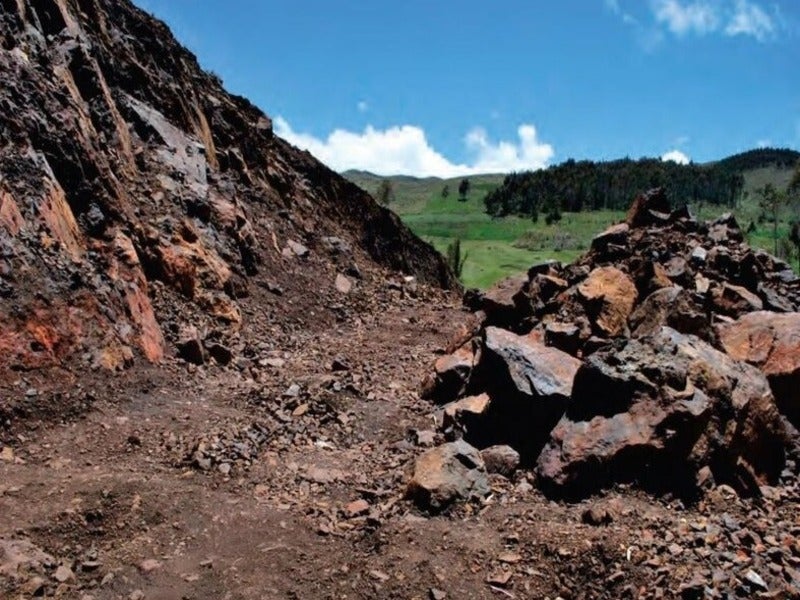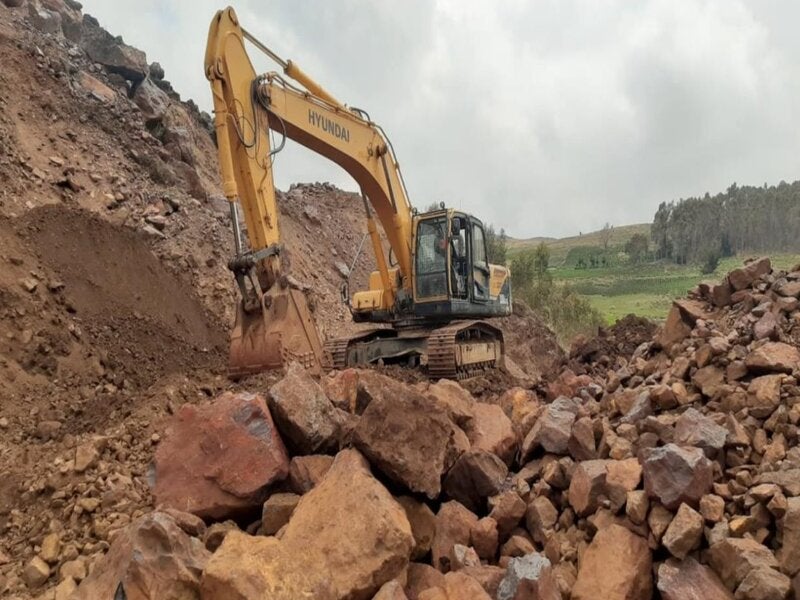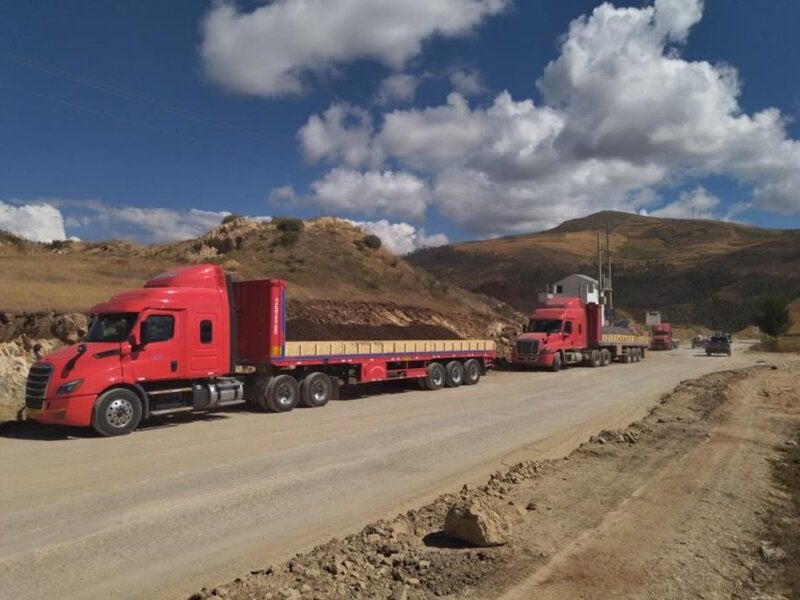The Apurimac iron ore project is an open-pit, direct-shipping iron ore (DSO) project being developed by Strike Resources in the southern highlands of Peru. It has the potential to be one of the highest grade, large-scale magnetite projects in the world.
The project involves the development of Opaban 1 and Opaban 3 high-grade iron ore deposits. A pre-feasibility study (PFS) for the project was completed in July 2008 which was further updated in 2010.
While the project commenced production started in December 2020, the shipping of the project’s iron ore output to the Chinese customers is expected in the second half of 2021.
Although the project has an initial production target of 125,000 tonnes (t) of iron ore a year which can potentially be expanded up to 20 million tonnes per annum (Mtpa).
Location, geology, and mineralisation
The Apurimac iron ore project is located approximately 20km away from the Andahuaylas city, in the Andahuaylas Province of Peru.
The project site lies in the Peruvian southern highlands, approximately 570km by road from the port of Pisco.
The project mainly comprises the Opaban 1 and Opaban 3 high-grade magnetite deposits holding iron skarn within the Andahuaylas-Yauri skarn/porphyry belt. The geology of the project area consists of the Cretaceous limestones of the Ferrobamba Formation, as well as intermediate to felsic intrusive rocks of the Apurimac Batholith.
The mineralisation primarily comprises medium to coarse-grained magnetite, while the surface holds massive ironstones of hematite and goethite. The project features flat-lying mineralised zones with deeper breccia zones hosting diorites and batholiths.
Iron ore reserves at Apurimac
The Apurimac iron ore project is estimated to hold approximately 142Mt of indicated ore resources grading 57.84% Fe and 127Mt of inferred resources grading at 56.7% Fe.
Mining and ore processing
The open-pit mining method is employed to extract ore at the Apurimac project. The extracted ore undergo crushing and screening at two nearby crushing plants and at a higher capacity crushing plant located closer to the Pisco Port. The crushed and screened ore will be stockpiled prior to trucking to the port for shipment.
The processing facility consists of a primary gyratory crusher and an assembly of a secondary crusher and a screen in a closed circuit. It is also be equipped with high-pressure grinding roll (HPGR) primary ball mills.
A magnetic separation system comprising low-intensity magnetic separators (LIMS) for magnetite concentration roughing, and a wet high-intensity magnetic separator (WHIMS) for hematite concentration is also utilised as a part of ore processing for the project.
Railway infrastructure
A railway line has been proposed for construction to link the Andahuaylas city with the Port of San Juan de Marcona on the west coast of Peru.
A consortium of Dohwa Engineering Company, Geodata Engineering, and Genera Consulting was awarded a tender for the feasibility study for the construction of the rail line by the Ministry of Transport and Communications (MOTC) in 2018.
The construction works are expected to commence in 2024 with completion expected by 2028, subject to the final approval on the feasibility study results that are scheduled to be released in the third quarter of 2021.
Offtake agreement
Good Importing International (GII), an international iron ore trading company, signed a two-year offtake agreement with Strike Resources in April 2021. The agreement also includes a prepayment facility of £1.45m ($2m).
Contractors involved
Ausenco carried out the process plant and port filtration study while Ausenco PSI conducted the concentrate pipeline study for the mining project. It has also been engaged to update the previously updated pre-feasibility study for an expanded direct-shipping iron ore operation.
SRK Consulting was engaged for the concept mine study of the Apurimac iron ore project, while Snowden Mining Industry Consultants and SKM undertook a pre-feasibility study for the railway infrastructure.
CSIRO was hired to study the mineralogical and petrological characteristics of iron oxides from the Opaban 1 deposit.





